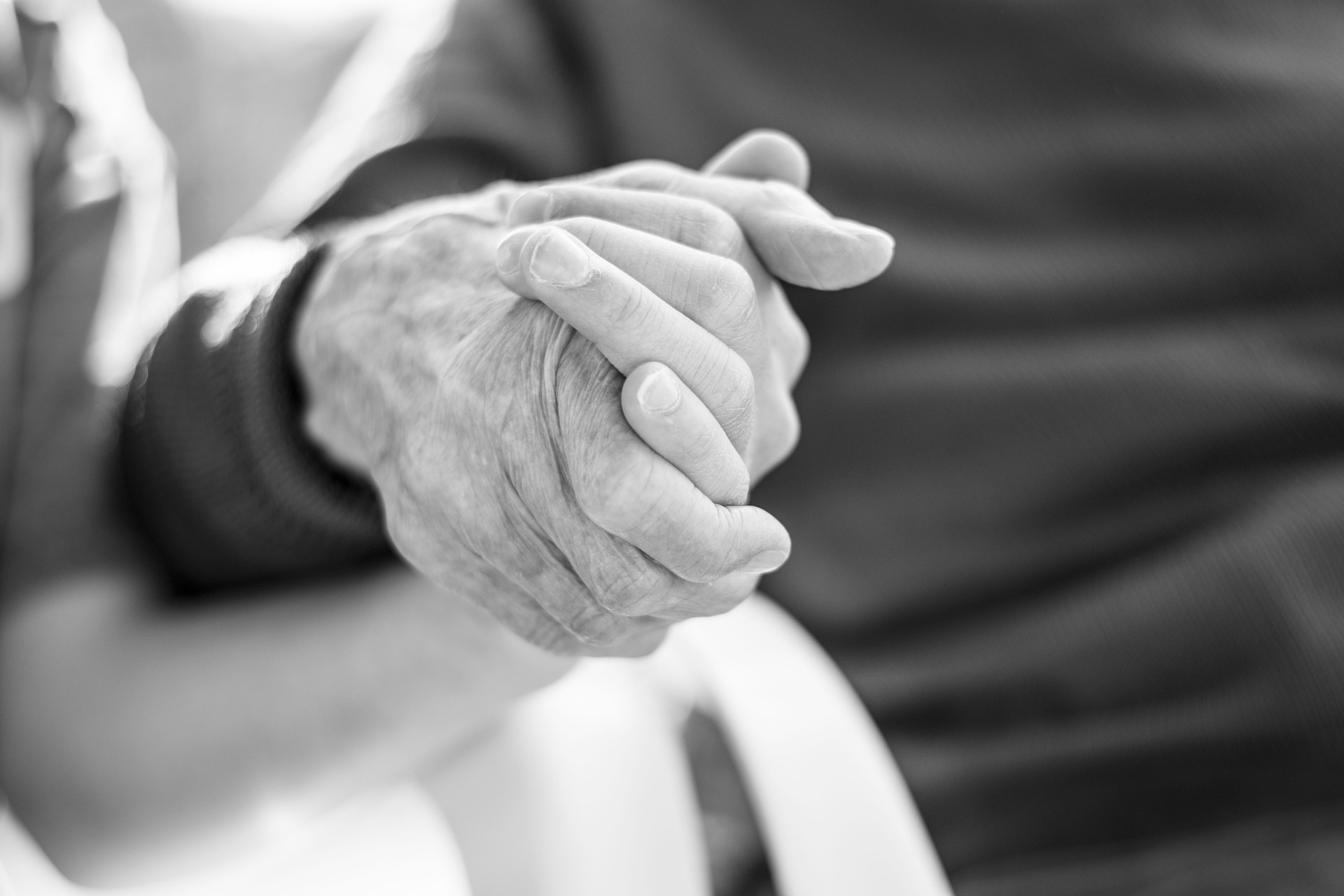Why It Matters

Photo by Mirka777 | Pixabay
Before she retired in 2017, Andrea Kabcenell, RN, MPH, was a longtime Vice President at IHI. In that role, she led improvement efforts in multiple areas of health care, including intensive care, medication safety, C-section reduction, and end-of-life care. Her background gives her a special vantage point when dealing with the health care system as a patient and a family caregiver. She currently serves as a member of the Older Adult Advisory Group for IHI’s Age-Friendly Health Systems initiative.
In recent years, her main experience has been as a caregiver, first for her father, who died last year, and now for her husband, who has Alzheimer’s disease. She retired to become his full-time caregiver. In the health care system, she has had a wide range of experiences, both good and bad.
“I can tell when they’re listening,” Kabcenell says. “They ask an open question instead of a very narrow one.” For example, “What’s this like for you? Or what’s this like for him?”
Her primary care doctor has a remarkable memory. Kabcenell recalls, “She would say, ‘The last time I saw you, this is what we were talking about. This is what you hoped to achieve by the time you got here.’ She wasn’t looking at notes. She listened.”
As a family caregiver, Kabcenell often applies the skills and methods of improvement science. “Every day is a new PDSA cycle,” she says. “Especially with people with dementia. Because they’re not the same every day. You have to realize as fast as possible when something that was working beautifully isn’t working anymore and try a new approach.”
She notes that the principles behind the Plan-Do-Study-Act (PDSA) cycle — trial and learning with planned experimentation — are intuitive for some people. “It is that thinking process that some people have naturally, and most people can easily learn.”
Kabcenell also applies the knowledge that she acquired at IHI to interacting with providers. “It helps that I understand health care providers pretty well. When I can help them do a better job with my husband, and [before he died] with my father, I do. For example, if we are not asked right away about our goal for the visit, I supply it first thing.”
But she also points out that IHI draws a lot of its inspiration from work that the best providers are already doing. Her father was bed-bound for the last 18 months of his life, and a home care doctor visited him regularly. “Every time something came up for my dad where a decision needed to be made, he would ask my dad first what was most important,” Kabcenell recalls. “If he wasn’t sure about my dad’s response, he would ask me what I thought was most important to my dad. Then he would ask what was most important to me and my brothers.” Now, What Matters — along with Medication, Mentation, and Mobility — is part of the “4Ms” Framework of an Age-Friendly Health System (see Figure 1) and considered an essential part of what IHI defines as age-friendly care. “He was one of the people IHI learned that from,” says Kabcenell.

Kabcenell is pleased about the shift underway to telehealth. “I’ve always been a big fan of efficient use of people’s time,” Kabcenell says. “I felt sad that telemedicine used to be reserved for rural areas and e-ICUs. I think it should really take off.” At the same time, she hopes it won’t be too much longer before face-to-face visits are again a safe option. “I am looking forward to seeing my primary care doctor” and having an in-person conversation, she says.
You may also be interested in:
